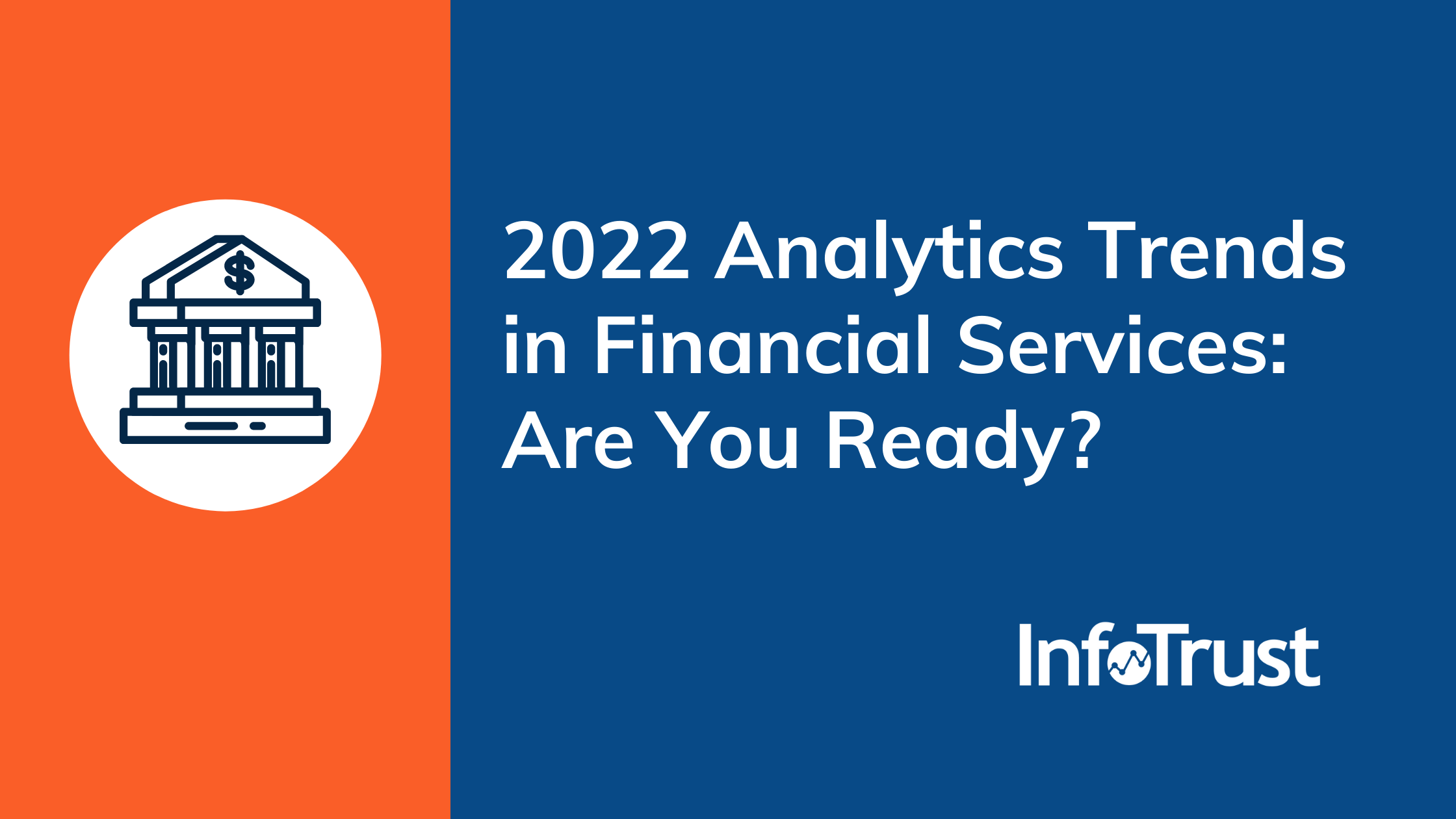Covid-19 has dramatically accelerated the rate of digital adoption in the financial services industry causing unprecedented changes in human behavior and forcing new ways of working. Mobile transactions spiked and personal trading apps saw record transaction volumes. A survey done by Deloitte about how Covid-19 has brought about increased digital adoption rates in financial services indicates that in the United States alone, 35 percent of customers increased their online banking usage during the pandemic. In Latin America, 13 million customers made their first-ever online transaction in the March quarter of 2020.
While the financial services industry has managed to stand strong and stay relevant during these turbulent times, it has become increasingly clear that the winds of change are not transient. Digital adoption rates are peaking, a cookieless future looms large, and data governance has taken center stage. With all this happening, financial institutions will need to rethink data architecture, data collection strategies, measurement models, and how they can responsibly leverage data to target the right people, advertise their products, and personalize experiences across their digital properties.
More and more banks—both contemporary and digital—as well as insurance companies are beginning to think strategically from an analytics perspective. Here are four trends that we think will dominate the financial industry in 2022 and beyond.
Modernizing core data systems will be vital
The year 2020 challenged the existing data architecture in most financial institutions. Many core data systems were not designed to address the volume and pace of change that was suddenly required. While relief programs saw tremendous demand, loan document processing, manual reviews, and approvals became bottlenecks. As the credit needs of SMBs surged, banks faced challenges updating their underwriting and risk management systems to meet market demand.
Slow moving, disconnected data pipelines hindered the ability to gain real-time insights and rapid response to customer needs. Tools that collected customer behavior on the banks’ digital properties were also disconnected from the CRM and other core databases that housed first-party customer data. This made it difficult to effectively nurture leads and predict churn.
Build strategic measurement frameworks
With digitization efforts suddenly peaking and with digital engagement and adoption rates also on the rise, it is important to have a digital measurement strategy or a digital measurement framework in place to ensure stakeholders in different departments in the organization know what they want to track and achieve. Given the increased focus on digital, it is important that there is stakeholder alignment across the board around the following aspects:
- What are my business goals and objectives?
- What data to collect?
- How to collect, store, and utilize data to achieve business goals and objectives?
Great analytics starts with high-value questions, not data. To guide the discovery process, ask what problem you want to solve and how much value the solution can create. Do not launch yourself into random data collection, analysis for the sake of analysis, or into intellectually interesting problems whose solutions are not actionable.
Hyper-personalization will define customer journeys
With the pandemic raging for the past two years, some insurance companies redefined their premiums and product proposition to create value-added experiences centered around the overall health, wellness, and behavior of their customers—not just insurance needs. For example, auto insurers offered discounts given decreased levels of driving. Health insurance companies adjusted their premiums to reflect reductions in non-essential surgeries.
It has become clearer that hyper-personalization is relevant even for the most useful products and these products and services need to be tailored to the specific needs of customers. This will continue to define how companies orchestrate customer journeys in 2022 and after. Building this level of personalization will require data and technology infrastructure that enables real-time insights from vast amounts of streaming data from a variety of data sources. Data and analytics, powered by AI, will enable personalized, contextualized interactions across the entire customer lifecycle.
Overcoming information silos is imperative
Banks collect and store a ton of data—and this data is scattered across different departments. The digital banking department does not know how many digital-first leads became customers after a series of offline touchpoints. The call center team does not know how many callers it assisted and who decided to purchase a product.
Research by McKinsey and Company about analytics in banking revealed that a top consumer bank in Asia enjoyed a large market share but lagged behind its competitors in products per customer. It used advanced analytics to explore several sets of big data: customer demographics and key characteristics; products held; credit card statements; transaction and point-of-sale data; online and mobile transfers and payments; and credit-bureau data. The bank discovered unsuspected similarities that allowed it to define 15,000 microsegments in its customer base. It then built a next-product-to-buy model that increased the likelihood to buy three times over.
Insights live at the boundaries between data sets. In the example above, the bank realized that many relationships become apparent only when it compares widely varying parameters. Banks have massive amounts of data scattered through different departments. Pilots to bring together small samples of information can reveal the true potential.
It’s time to act
Many banks and financial institutions are using digital analytics and advanced analytics. Some have been successful but most have only had one-off successes. Nonetheless, based on some of the examples above, some leaders are emerging. Such banks partner with firms that specialize in analytics and have committed themselves to making strategic investments to beef up their analytics capabilities. In the near future, some of these leaders may be able to develop a critical strategic advantage.
What is the state of your analytics strategy? Do you have information silos and disconnected data pipelines? Does your organization have a measurement framework with alignment across key stakeholders? More importantly, are you tracking the right metrics to measure progress towards your goals and objectives?
Don’t wait—where the current leaders go, others must follow. And sooner the better because success will come—more than anything else—from real-world experience. Like most leaders do, you must engage a premier analytics consultancy to help your organization with these emerging and ongoing trends we have spoken about. If you are interested, do reach out to our team at InfoTrust.



